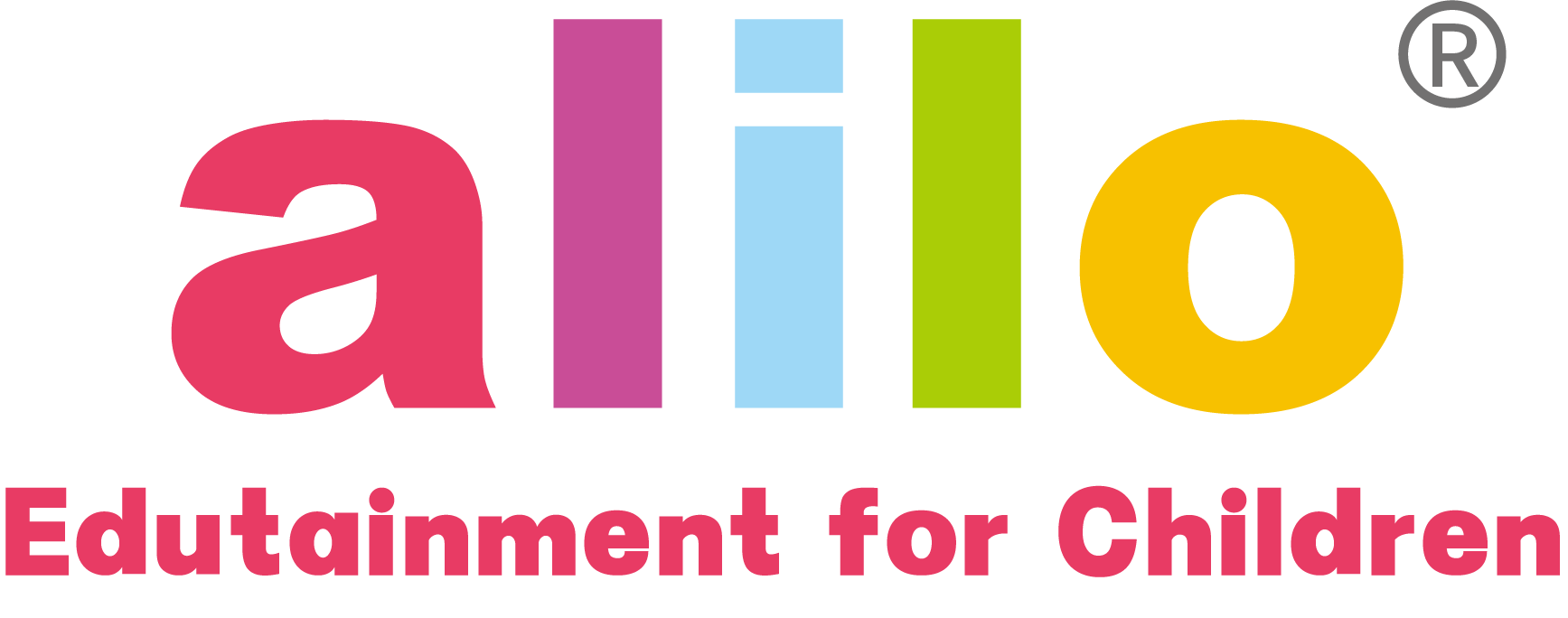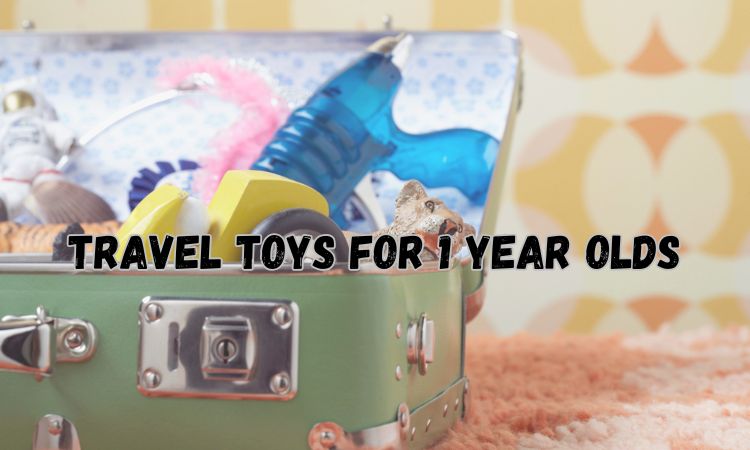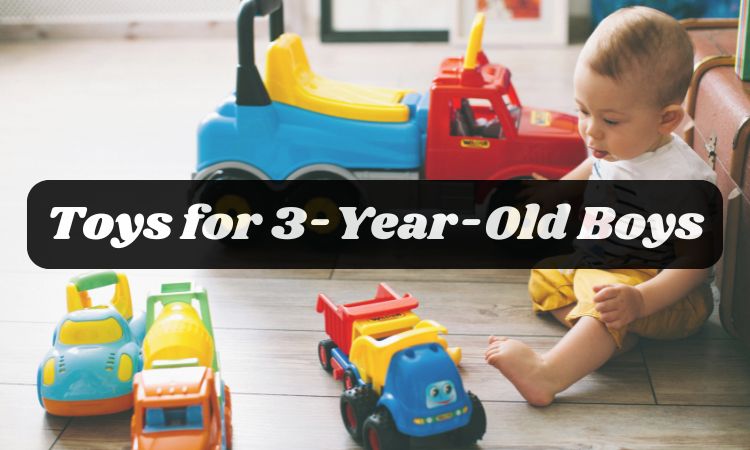When you welcome a newborn into your life, it’s natural to wonder how to engage with them beyond feeding and diaper changes. “How do you play with a newborn?” is a question just about every new parent asks. After all, they sleep a lot, seem fragile, and can’t exactly grab toys or laugh at peekaboo just yet.
But play during the earliest weeks of life is more than just fun. Even the smallest interactions—like making eye contact or gently moving their arms—are helping your baby learn and grow. In this guide, we’ll break down why newborn play matters, share simple ways to engage with them meaningfully, and give you tips to keep things safe and soothing.

Why Play Matters for Newborns
You might think your newborn is too young for play, but those early interactions—no matter how simple—are powerful. Play is how babies start to make sense of the world, build their bodies, and connect with you emotionally. Here’s why it matters:
It Boosts Brain Development
Your baby’s brain is growing fast—really fast. In the first year, it more than doubles in size, building over a million neural connections every second. Those connections don’t happen on their own; they’re sparked by everyday interactions.
So, when you talk, sing, or gently engage your newborn, you’re actually helping their brain grow. Playtime is your baby’s first lesson in how the world works.
It Builds Communication Skills
You might not get words or giggles just yet, but your baby is already learning the rhythm of conversation. This back-and-forth interaction—like smiling at your baby and watching them react—is called “serve and return.”
These tiny exchanges teach your newborn about language, attention, and trust. Even cooing back when they make a sound shows them that their voice matters.
It Supports Physical Growth
Simple movements during play help your baby build strength and coordination. A few minutes of tummy time helps develop neck and shoulder muscles. Watching a toy move across their field of vision trains their eyes. Holding your finger? That’s the start of fine motor skills. Every little movement counts toward bigger milestones down the road.
It Strengthens Emotional Bonds
Then there’s the emotional side. When you cuddle, rock, or sing to your baby, it triggers the release of oxytocin (often called the “love hormone”) in both of you. This bonding hormone helps your baby feel safe and loved, which is the foundation for healthy emotional development and stress regulation later on.
How Do You Play with a Newborn?
Playtime with a newborn looks nothing like peekaboo with a toddler—and that’s okay. Your goal is simply to spend a few gentle, focused minutes helping your baby learn about sights, sounds, and your loving touch.
Here’s how to play with a newborn—simply and intentionally:
Eye Contact and Facial Mimicry
Locking eyes with your baby isn’t just sweet—it’s how their brain wires itself for communication. Newborns can focus best at about 8–12 inches (roughly the distance to your face while you cradle them).
When you raise your eyebrows or stick out your tongue and they try to copy you, you’re doing a neuroscientist-approved workout called serve-and-return. Every “serve” (your smile) and “return” (their wiggle or coo) strengthens millions of new neural connections for language, social skills, and emotional security.
Try it:
- Hold your face steady in baby’s line of sight and exaggerate slow, simple expressions.
- Pause so your little one can “answer” with a kick, blink, or tiny grin—then mirror them back.
- Keep sessions short (30–60 seconds) and frequent.
Gentle Touch and Baby Massage
Touch is your newborn’s first language. Gentle strokes, skin-to-skin cuddles, and short massage sessions lower stress hormones, boost oxytocin (the bonding hormone), and even help babies sleep and digest better.
Try it:
- A great time to do this is after a bath or while changing a diaper—it can become a comforting little routine.
- Warm a few drops of unscented oil between your hands and use light, slow strokes on the arms, legs, tummy, and back.
- You can also gently stretch and move their arms and legs—this supports physical development and motor coordination.
- Talk softly while you massage; stop if your baby stiffens, cries, or turns away—you can always try again later.

Talk, Read, and Sing to Them
Even though your newborn doesn’t understand words yet, they’re already learning how language sounds. Your voice is their favorite, and the more they hear it, the stronger their early language development will be.
Reading picture books, narrating diaper changes, or singing lullabies exposes your baby to thousands of words a day. The American Academy of Pediatrics (AAP) recommends shared reading from birth because it jump-starts language pathways and deepens your bond at the same time.
Over time, they’ll start to respond with little sounds, coos, or excited kicks—your first “conversations” together.
Try it:
- Talk to your baby throughout the day. You can describe what you’re doing: “I’m folding your little socks,” or “We’re going to warm up your bottle.” This helps your baby hear language in context.
- Repeat key words (“soft towel,” “warm bath”) during daily routines so your baby starts linking sounds to meaning.
- Keep a small stack of sturdy board books near the couch or changing table and read a page or two whenever you have a spare minute.
- Use a sing-song tone and exaggerated pauses—babies love rhythm and repetition.
Make Tummy Time a Habit
Tummy time is one of the best ways to help your baby build the muscles they’ll need for rolling, crawling, and eventually walking. It also helps prevent flat spots from too much time lying on their back and encourages visual tracking as baby lifts the head to look around.
While some babies love it from the start, others may need a little help easing into it—and that’s totally normal.
The AAP suggests starting within the first few days after birth for 3- to 5-minute sessions, two or three times a day, and gradually working up to a total of 15–30 minutes by about seven weeks.
Tummy-time tricks:
- Lay baby belly-down on your chest and talk face-to-face.
- Roll up a thin towel under the arms for extra support if they get frustrated.
- Place a high-contrast card or mirror just out of reach or shake a rattle to spark curiosity.
- Celebrate tiny wins—if baby lasts only a minute today, that’s progress!
- Always stay close, and flip baby back over if they get sleepy.
Introduce Simple Sensory Toys
At this stage, the best toys are the simple ones that spark your baby’s senses. Think rattles, crinkly fabric books, or high-contrast cards. These sensory tools help your baby begin to notice patterns, textures, and sounds, laying the groundwork for focus and curiosity.
Starter picks:
- Sight: Show your baby a black-and-white patterned card or cloth book and move it slowly from side to side. You can also encourage visual tracking by hanging lightweight mobiles 8–10 inches above baby.
- Sound: Use a baby rattle to introduce sound, shaking it gently near your baby’s ear (and always watch their reaction).
- Touch: Let them feel soft textured fabric swatches or tag blankets.
If you’d like a single newborn toy that rolls sight, sound, and touch into one easy package, you might appreciate the Alilo bunny baby rattle. The handle is slim enough for tiny fingers to wrap around, and a gentle shake cycles through 66 soft, natural sounds—think birdsong and gentle rain rather than electronic beeps.
When your little one needs soothing or before bedtime, you can switch it to play white noise, nursery rhymes, or lullabies instead of reaching for your phone. The silicone bunny ears glow in seven pastel colors, which makes visual tracking practice almost automatic.
A clever color-recognition mode even names colors aloud when the rattle touches the included flash cards—handy for when your baby graduates from “just looking” to “starting to label.” It’s the kind of multitasking toy that can live in the diaper bag and cover a lot of ground without overwhelming your newborn’s senses.

Safe Play Tips for Newborns
Play fuels your little one’s growth, but it only works when you keep safety front and center. Use the quick checks below as a mental checklist every time you set out to play with your newborn:
Set Up a Hazard-Free Zone
- Choose a firm, flat surface. A blanket on the floor is safer than a couch or bed, where a sudden wiggle could lead to a fall.
- Clear the space. Keep loose blankets, pillows, stuffed animals, and cords out of baby’s reach to reduce suffocation or entanglement risks.
Stay Within Arm’s Reach
Newborns can’t roll yet, but their spontaneous jerks and kicks can scoot them farther than you’d expect. Staying close lets you catch a topple, calm overstimulation, or respond instantly if they spit up. Supervision is a must during tummy time, play mat sessions, and even quick diaper-change “dance parties.”
Watch for Overstimulation
Your baby’s nervous system is brand new. Loud noises, flashing lights, or too many new sensations at once can be too much.
Look for early “I’m done” cues:
- Turning their head away
- Yawning
- Hiccupping
- Arching their back
- Crying suddenly
- Showing clenched fists or jerky arm movements
If you see any of these cues, switch to quiet cuddles, dim the lights, or give baby some time to reset. Short, calm play sessions are often more effective (and more enjoyable!) than long, overstimulating ones.
Pick Age-Appropriate Toys
Look for toys labeled safe for newborns (0+ months), and stick with items that are soft, lightweight, and free of sharp edges or small parts. Anything smaller than a ping-pong ball could pose a choking hazard, so steer clear of loose pieces, detachable parts, or long strings. Check toys regularly for wear and tear—especially soft items that may go in baby’s mouth.
Keep Everything Clean
Wipe down toys daily (or sooner if drooled on) with mild soap and water and wash soft items according to the label. A clean play space cuts down on germs that newborn immune systems can’t yet fight off.
Conclusion
So, how do you play with a newborn? The truth is, you already are—every time you cuddle, smile, or talk to them. Newborn play doesn’t have to be complicated. It’s all about being present, following your baby’s cues, and turning everyday moments into connection. A few minutes of tummy time here, a soft lullaby there—it all adds up. These early interactions lay the groundwork for your baby’s development and help you both get to know each other better. Just by showing up and engaging with love, you’re doing exactly what your baby needs.
FAQs
Can newborns really play?
Yes—play for a newborn is any simple, pleasant interaction that helps them take in the world, such as gazing at your face, hearing you sing or shake a rattle, feeling different textures against their skin, or tracking a slow‑moving object with their eyes. While they aren’t grabbing toys or sitting up yet, these early “games” stimulate the developing senses and brain pathways that lay the groundwork for later motor, social, and cognitive skills.
How long should you play with a newborn each day?
Think in mini‑sessions rather than a set daily total: offering a few minutes of interactive time after each wake‑up or diaper change (roughly 5‑10 minutes, 8–12 times a day) is plenty. Newborns tire quickly, so follow their cues—wide‑eyed alertness, soft cooing, and relaxed limbs mean “I’m ready,” while turning away, yawning, or fussing signal it’s time to pause and let them rest.
Do you need toys to play with a newborn?
Not at first—the best “toys” are your face, voice, gentle touch, and everyday household items with contrasting patterns or soft sound. A simple black‑and‑white card, a crinkly clean cloth, or your finger to grasp gives all the sensory input a newborn can handle, so save the fancy gadgets until they can purposefully reach, bat, and explore in a few months.







Share and get 5% off!
Simply share this product on one of the following social networks and you will unlock 15% off!